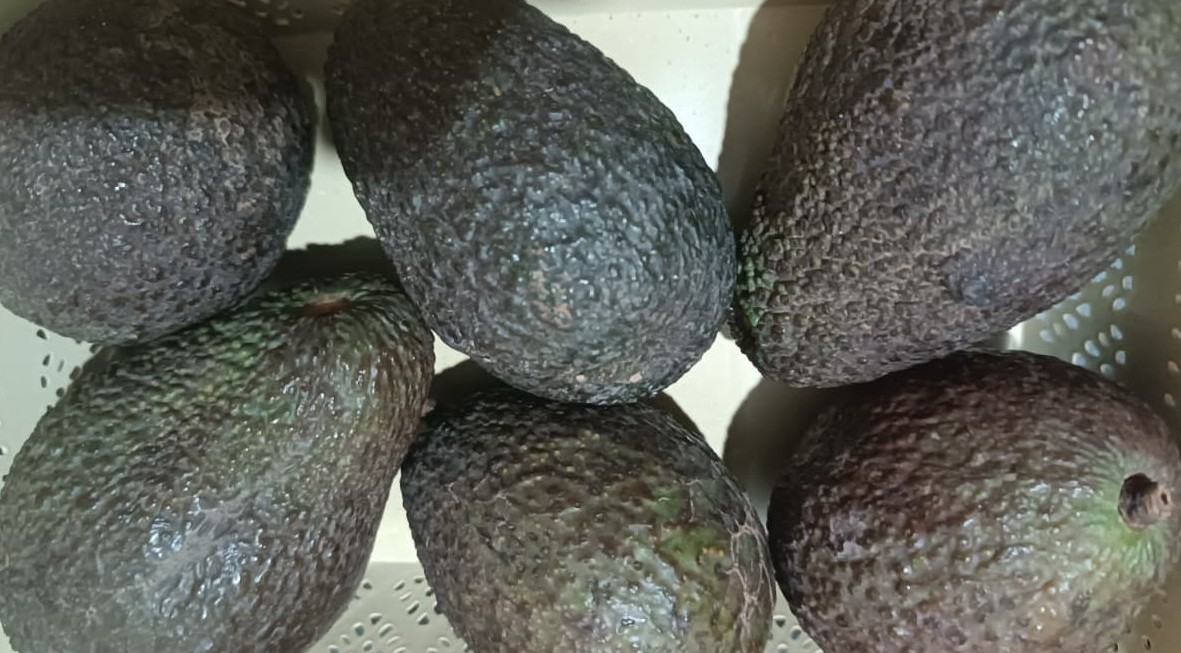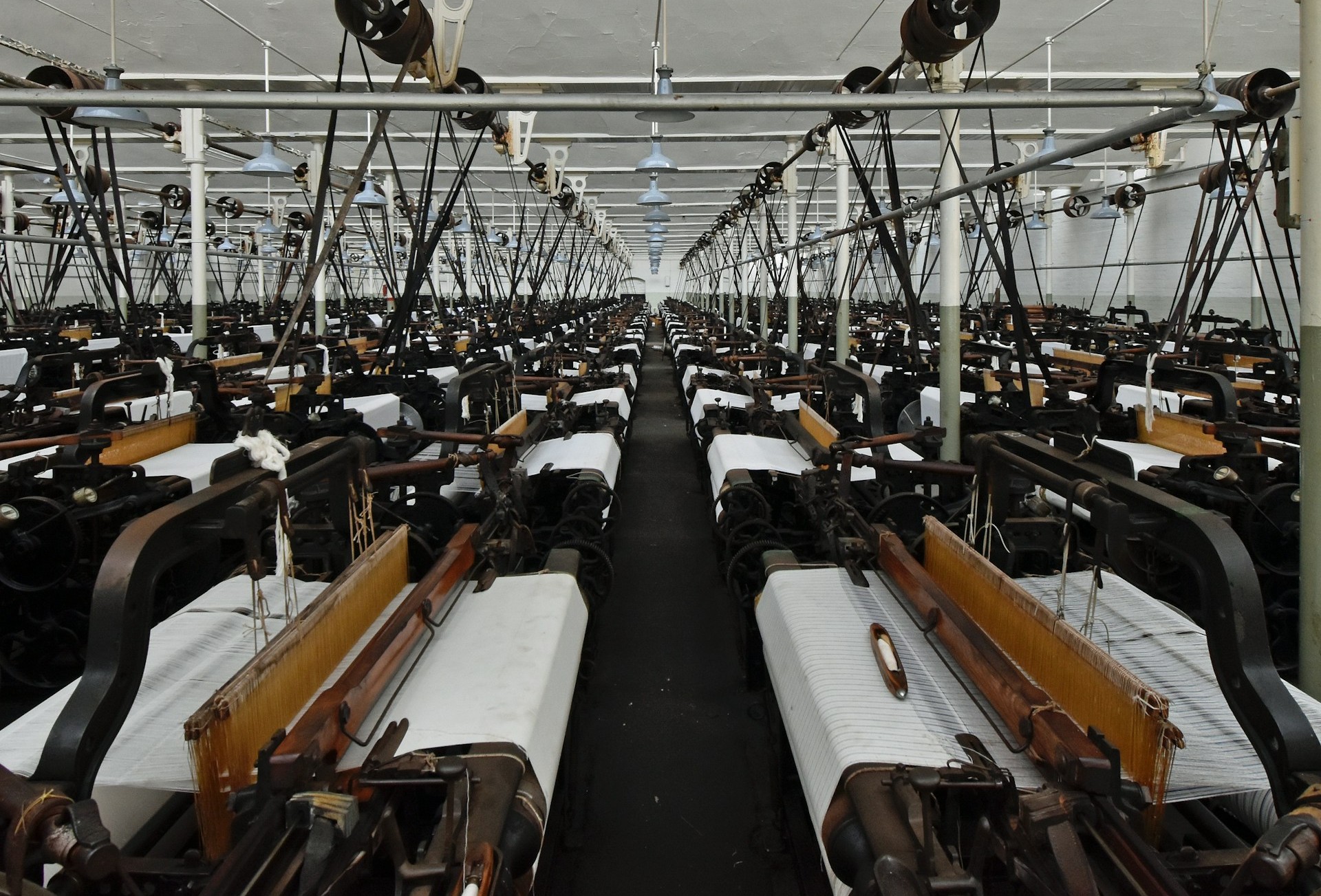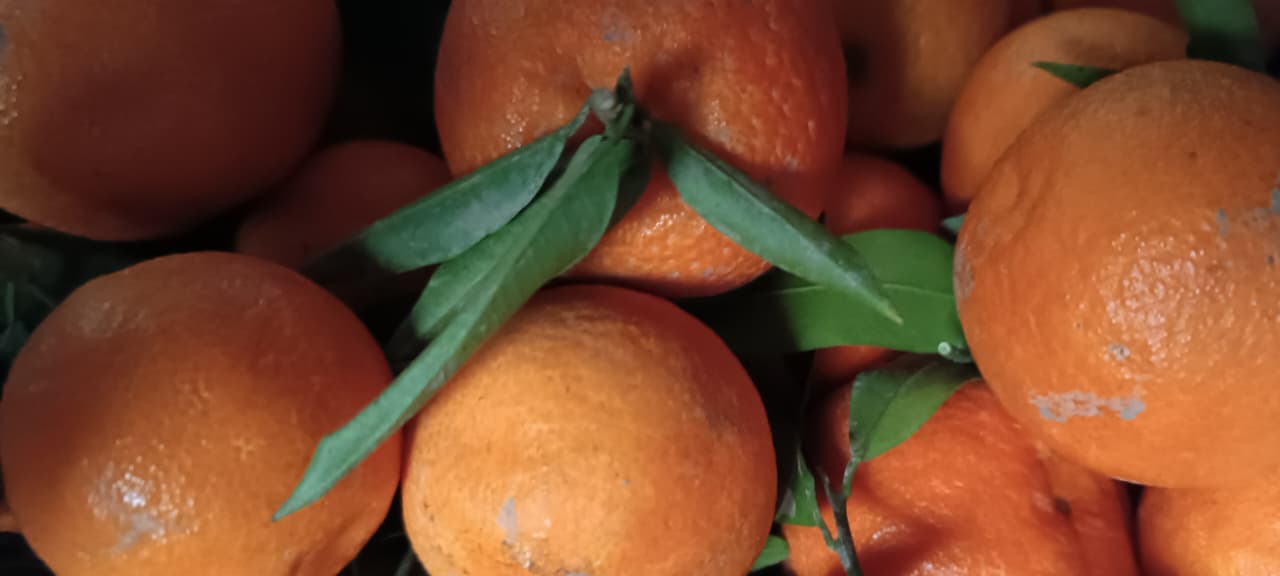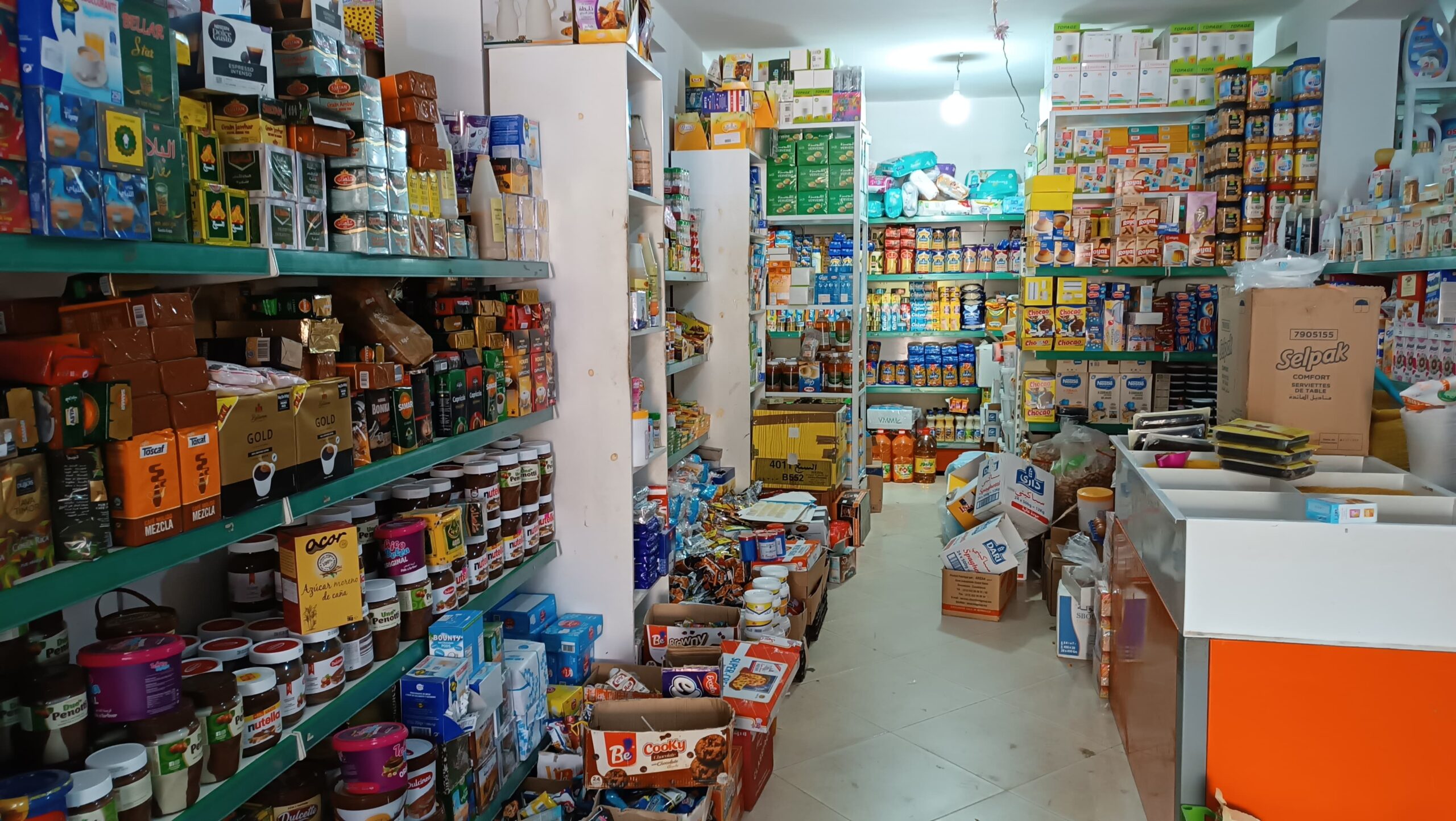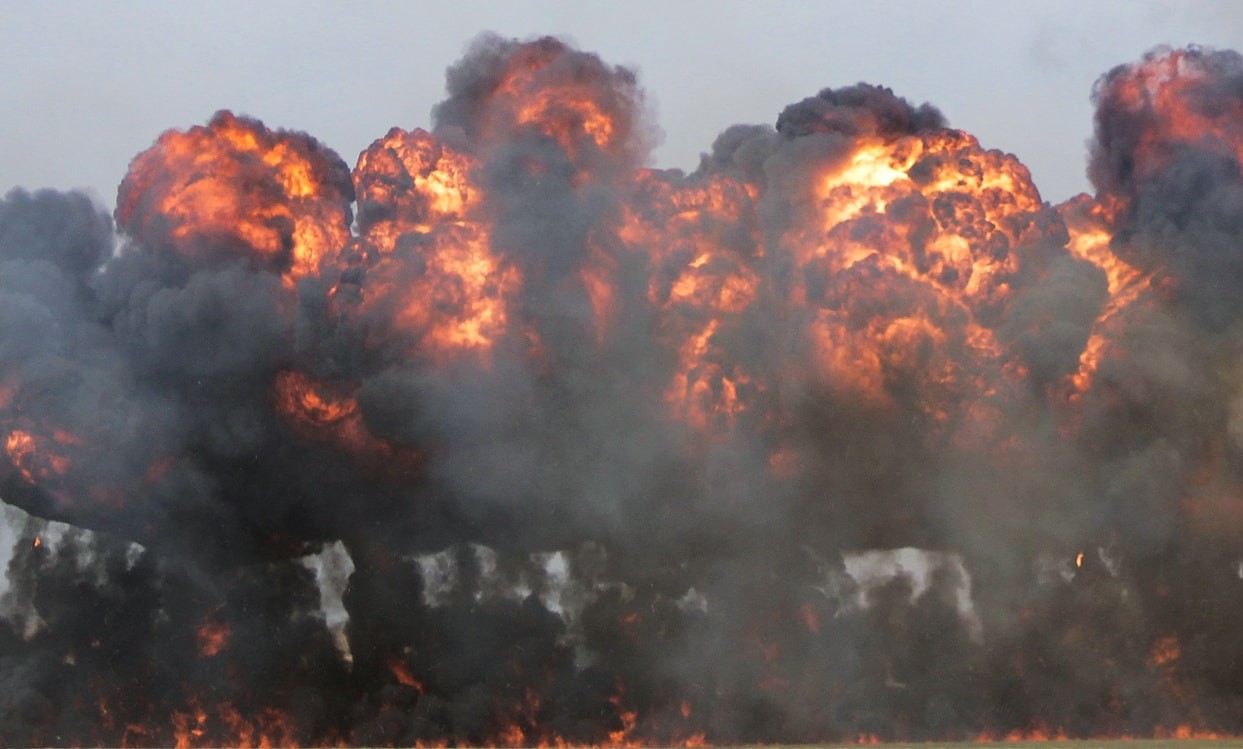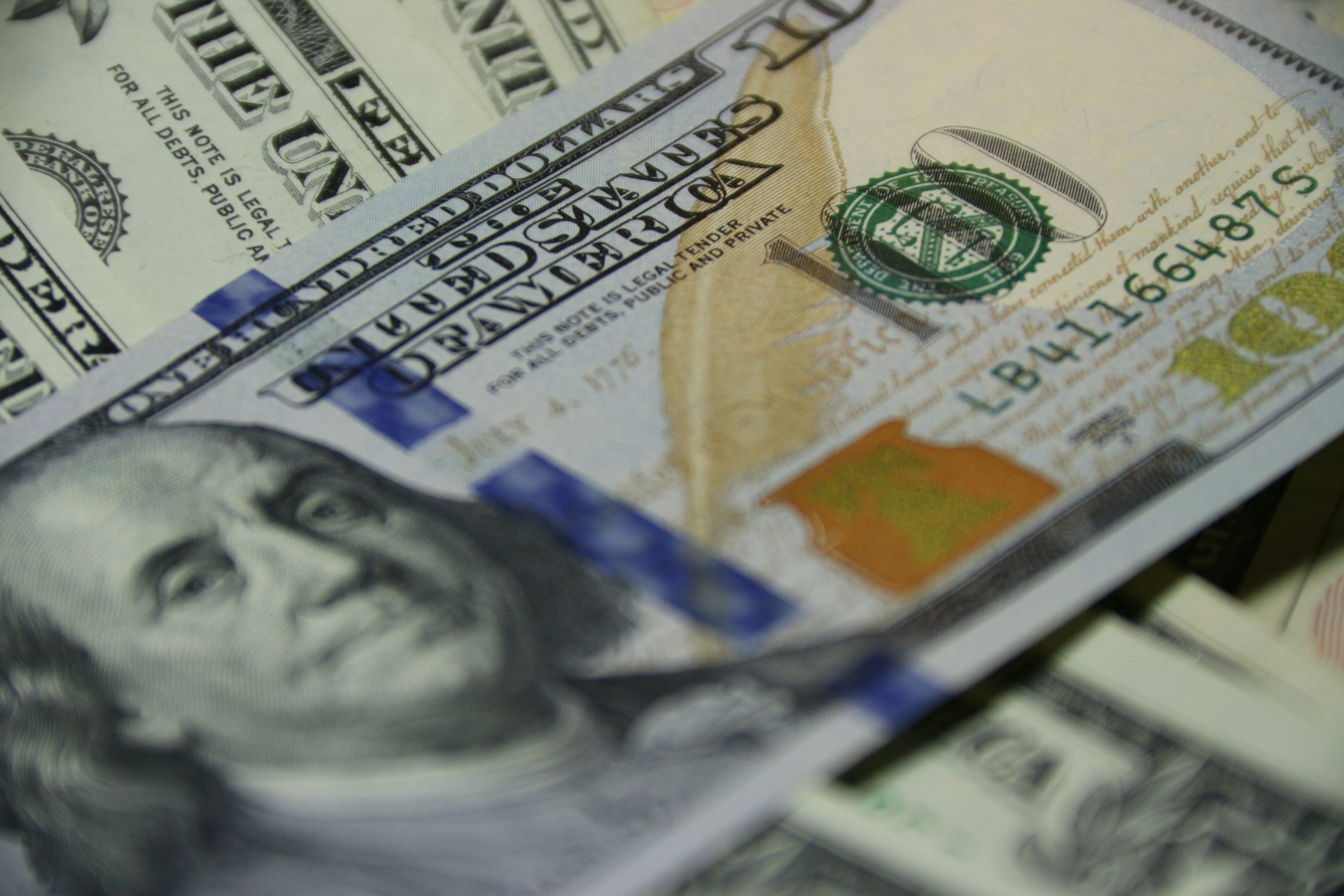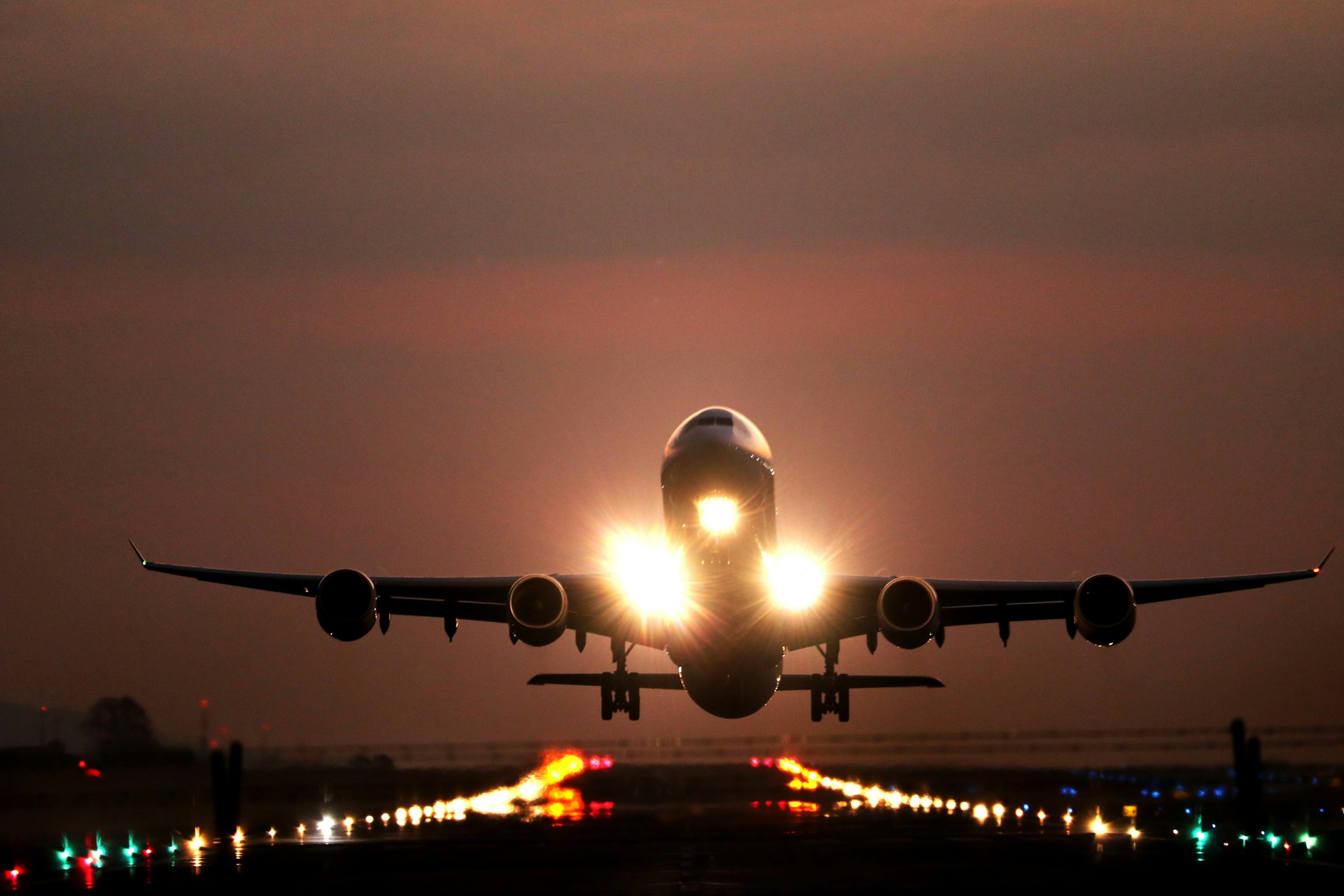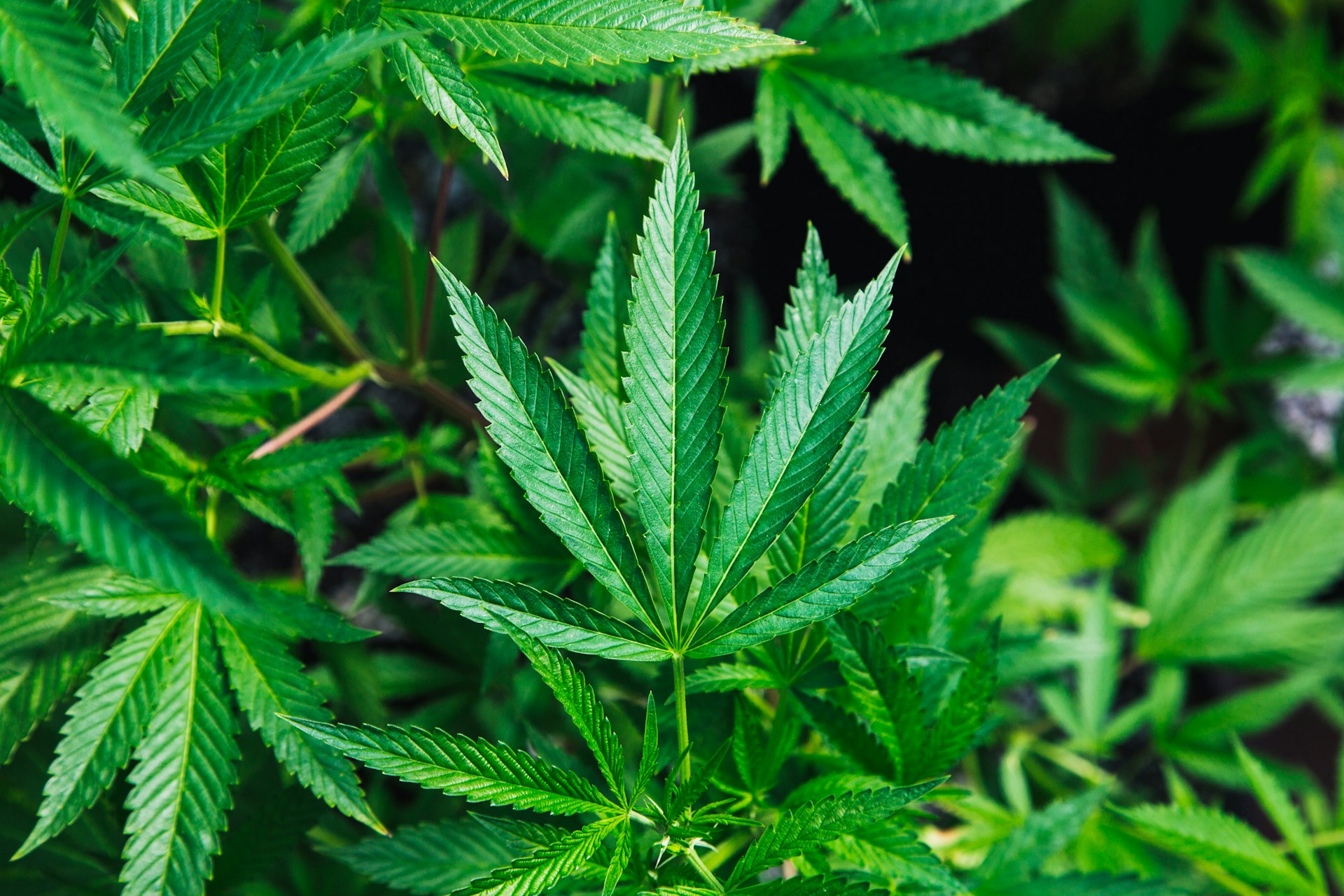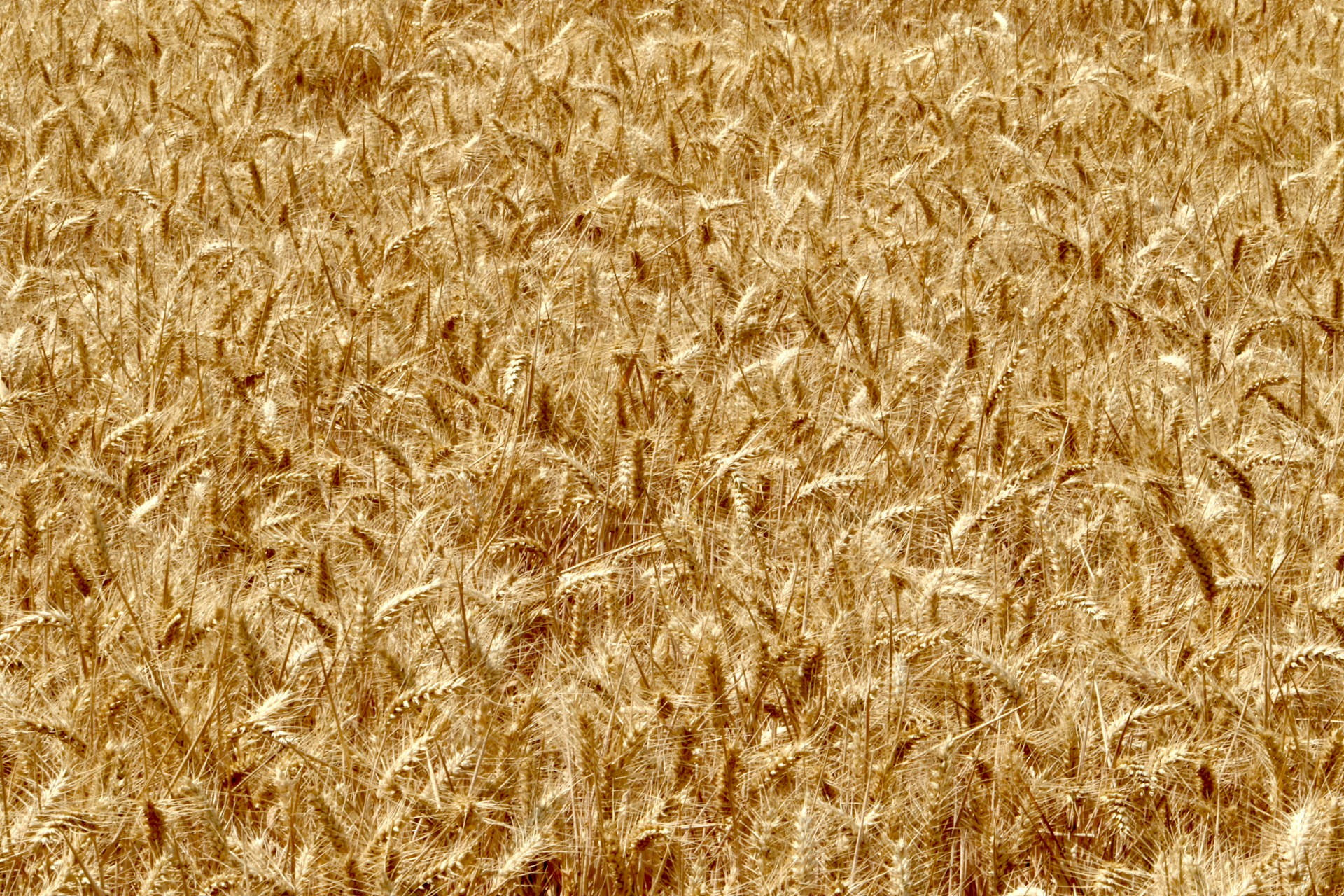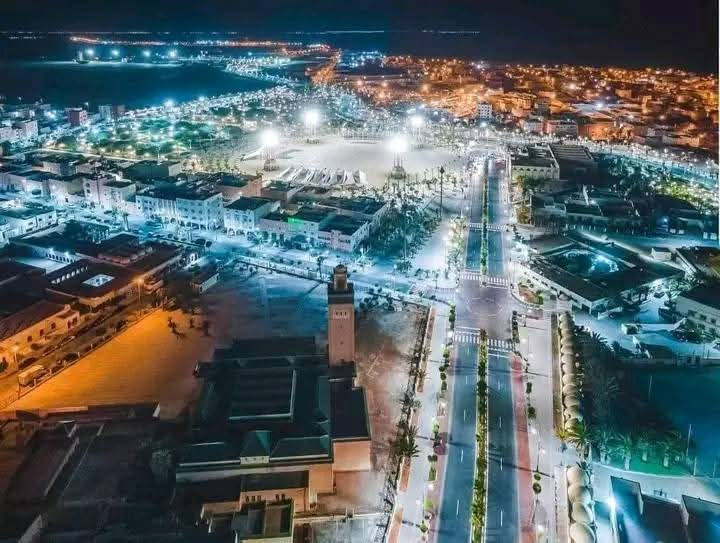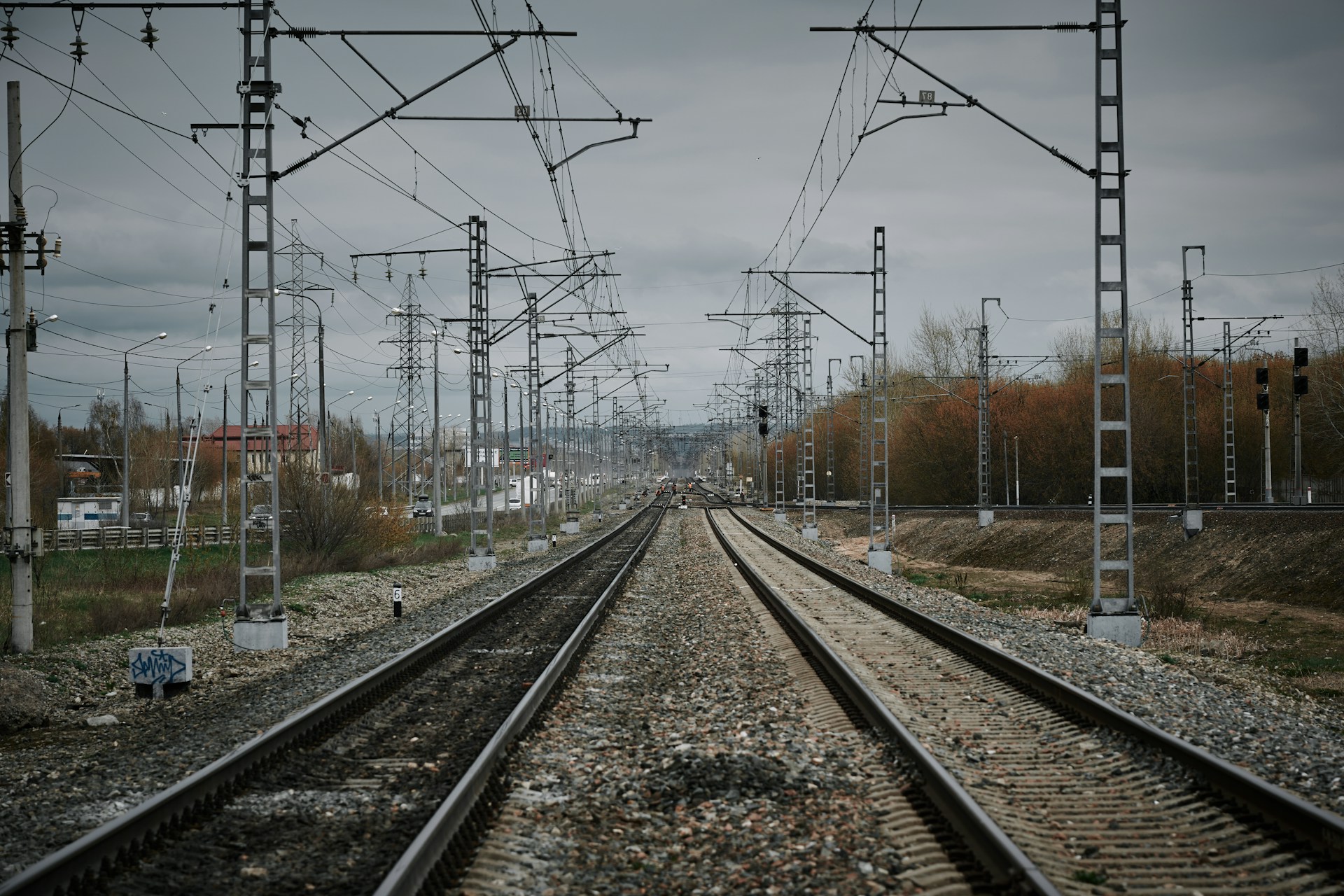Casablanca – As the holy month of Ramadan approaches, Moroccan consumers are once again grappling with rising food prices, particularly in the meat and poultry sectors, raising concerns about market stability and the effectiveness of government monitoring strategies.
In recent weeks, prices of both red and white meat, including chicken, have surged. In rural areas, red meat is being sold at prices ranging from $9 to $11 per kilogram, with prices in urban areas reaching $12.5 . This upward trend in prices is primarily driven by multiple factors, including unfavorable weather conditions that have affected agricultural production, ultimately reducing supply. The government has been monitoring the situation closely, but with less than a month until Ramadan, the market remains volatile.
The rising costs of meat are compounded by an increase in poultry prices, with chicken now hovering around $3.5 per kilogram. Industry professionals attribute this hike to escalating production costs, particularly the price of feed and other inputs, as well as what some believe to be monopolistic practices within the poultry sector. The Federation of Interprofessional Poultry (FISA) has raised concerns, with reports suggesting that the price of chicks, a major component in the cost of chicken production, has contributed significantly to the increase in chicken prices. The price of chicks has risen to between $1.5 and $1.7 per unit.
In addition to poultry, fruits and vegetables have also seen price hikes, largely due to poor harvests caused by drought and other adverse weather conditions. While prices for some items, like tomatoes, have slightly decreased, the overall trend is upward. As Ramadan nears, experts predict that food prices will continue to rise, placing additional strain on household budgets.
The government’s seasonal monitoring strategy, aimed at ensuring market stability and controlling price hikes during high-demand periods like Ramadan, has come under scrutiny. Despite annual declarations of measures to manage food supply and price controls, many consumer protection advocates argue that these efforts are inadequate. They contend that the government’s strategy is often too reactive, limited to temporary solutions, and fails to address underlying issues like market monopolies and inconsistent enforcement of existing regulations.
To combat these challenges, experts call for more sustainable and long-term solutions. While government interventions during Ramadan, such as increased imports and distribution controls, provide temporary relief, they do not address the root causes of price inflation. A more rigorous and continuous monitoring system, one that enforces fair pricing and combats market manipulation, is essential for ensuring that essential goods remain affordable for Moroccan families.
In response to the growing concerns, the government has promised to strengthen market surveillance ahead of Ramadan. The Ministry of Agriculture has acknowledged the pressure on food prices and has stated that efforts are underway to increase the supply of poultry, with a focus on boosting production by over 50% for turkeys and 20% for chickens. However, many remain skeptical, pointing out that short-term measures will not resolve the deeper structural problems in Morocco’s food markets.
As Ramadan approaches, consumers are facing the prospect of higher prices for essential goods, including meat, poultry, fish, fruits, eggs and vegetables. While the government has pledged to take action, it remains to be seen whether these efforts will result in tangible improvements or if the market will continue to experience volatility. For now, Moroccan families are bracing themselves for the possibility of higher living costs during this holy month, with many hoping that more effective solutions will emerge in the coming years to ensure food price stability in the long term.
